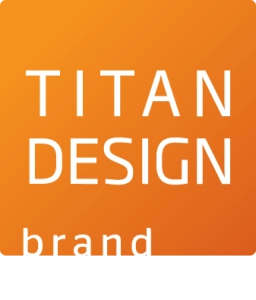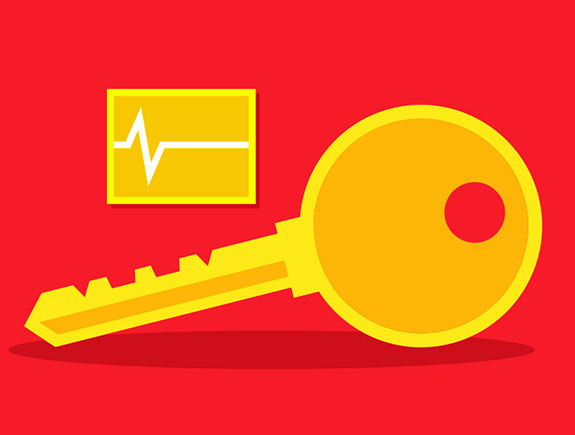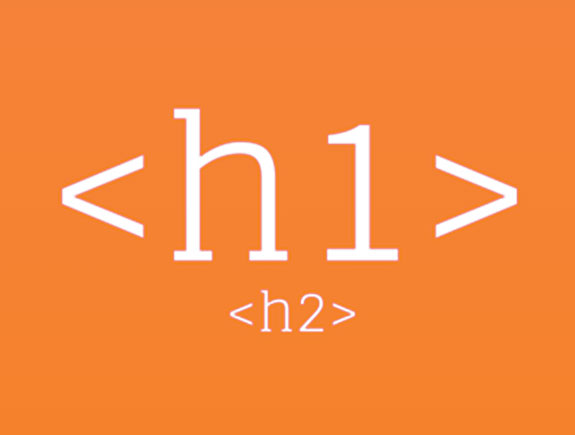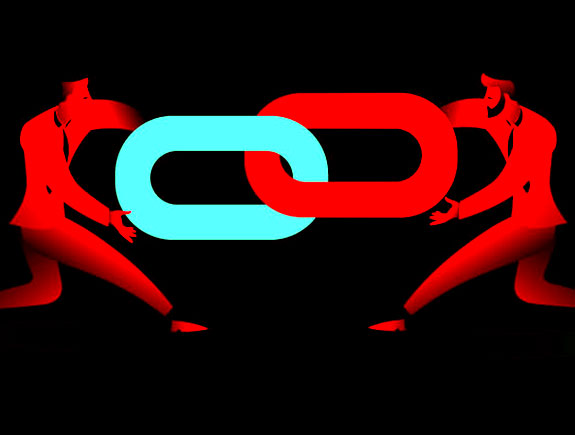SEO is the best way to make a long-term and quality investment in improving the ranking of your business on search engines. Optimizing the content and each individual page will bring your site more traffic from search engines, affect the visibility of your business and potentially increase your earnings.
The fact there are even ten times more clicks on organic search results than on Google Ads speaks volumes for the fact that investing in SEO pays off more in the long-term perspective. This means SEO certainly brings the best ROI, which is why you should invest in optimization. Search engine users trust unpaid search results more because they consider them authentic in comparison to those with an Ad label.
However, in order for your investment in optimization to bring results, you should avoid typical SEO mistakes that can put your website traffic in danger. Below are the most common mistakes.
Wrong keyword research and usage
In order to optimize the site and the blog, separately, the main tool in that process is keywords and their research. However, it seems that a lot of businesses skip this step and look to blog writing without first researching the keywords that will best position them on social media.
You should be careful with keywords. If they are repeated too many times in the text or if the writer inserts more keywords into the text than necessary – then the search engines will not react well to such content and will not rank it highly. Keyword spamming is a term you should know and remember, and it emphasizes exactly what we have written about in this paragraph.
Researching keywords and creating a specification for writing a blog – in which it is clearly stated how many times the primary keyword can be repeated, how many times secondary keywords, and then the questions that search engine users search for, etc. – is a complex process that requires knowledge and the use of SEO tools. That is why it is very important to find the right measure in the use of keywords so that the blog post is not penalized by the Google search engine.
And where should the primary keyword be found?
- In the title – this is the mandatory place where the primary keyword should appear,
- In the text – if we want to specify this, it means that at least one subtitle should contain the keyword, but also that it should be found at least three more times in the text itself,
- In the URL – the keyword is already in the title, so you can just copy the title of the blog and in this way, increase the relevance of the text on the search engine,
- Meta description – this is the best place to briefly describe the topic of the text in a little more than 100 characters, so this is also a great place for the primary keyword.
Not marking and not using H1 headings and subheadings
Content writers like to emphasize the content is created for readers, not for an algorithm. However, this is only partly true. In order for those same readers of the blog or any other content on the site to reach it in the first place, it is important the text is well placed at the base. And that basis is its structure. When placed well, it is easily recognized by both the algorithm and the readers.
Good text layout means that H1, H2, H3, H4, and other subtitles are placed correctly. If the text is not divided, then it is not readable. Monotonous texts, which do not have subtitles or photos, will not attract the reader to stay on the site for a long time and read it to the end.
The main title, which we mark as H1, can only be used once and has the largest font size. Subheadings are there to help us more easily name certain larger and smaller units within the text so that the reader can simply read exactly what interests him. Bold words are also important for SEO because in this way the search engine’s algorithm recognizes what is highlighted in the text.
Omission of meta description and ALT text
We have already mentioned the meta description when we wrote about keywords and explained that it contains a short description of the essence of the text. That’s why it’s important, both for the algorithm and for the readers. The algorithm will look for keywords in them, which match the query of someone searching for a specific term on Google. While the meta description will give search engine users a brief insight into whether the text is useful to them.
The algorithm can recognize to some extent, with the help of machine learning, what is in a certain photo. However, it is often wrong. That is why it is necessary to write descriptions of photos or visuals that you put in the blog or on the website pages. Once the algorithm can classify the photo into a certain category, then it will be easier for it to display it in the search engine. Each description should contain keywords so that the search engine can associate its meaning with the Google user’s query.
Absence of interbuilding
Internal linking on the site is very important for SEO because it means creating an internal link network that the algorithm recognizes. But it will only recognize it if it is built in a logical way. If you are not sure how to do it, you can always contact the experts, who will create quality optimized content for you.
A website consists of several pages, such as About Us, Product Catalog, Blog, Contact, etc. The key to everything is that the links lead as deep as possible into a page, and not, for example, link to the home page. You need to push other content on the site, so linking to different landing pages and blog posts is a great way to do that. The more the connection makes sense, the more relevant it is, and the better the algorithm will recognize it.















